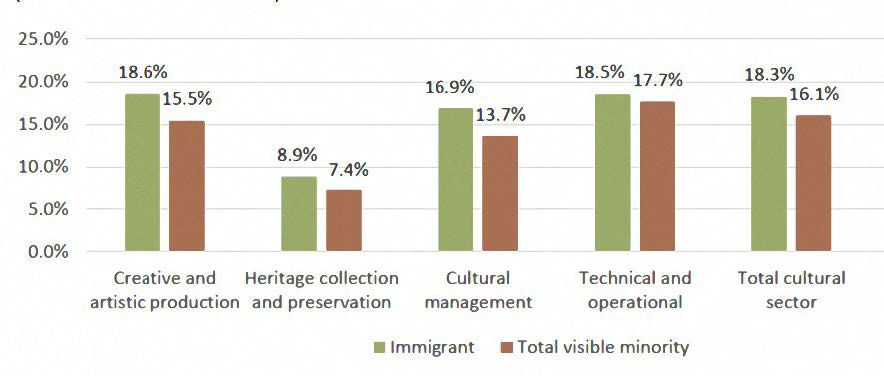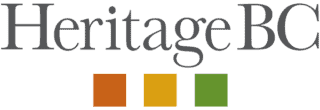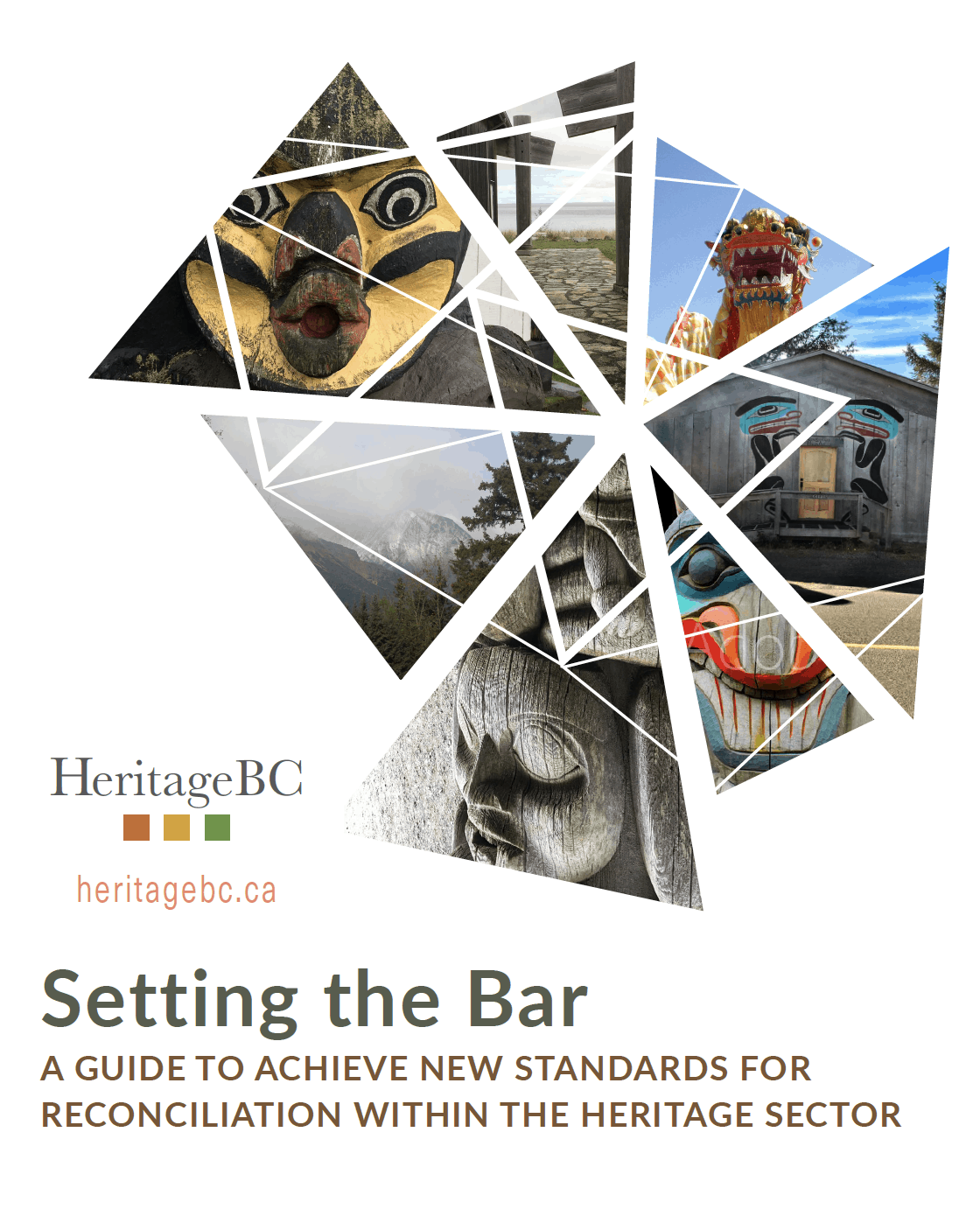- About
- Events & Activities
Events & Activities
- Learning Centre
- Cultural Maps
Cultural Maps
- Mapping Heritage Resources
- Submerged Heritage Resources Map
- Columbia Basin Region Historic Places Map
- Francophone Historic Places Map
- Chinese Canadian Historic Places Map
- Japanese Canadian Historic Places Map
- South Asian Canadian Historic Places Map
- War Monuments and Memorials Map
- Industrial Heritage Cultural Map
- Funding
- News
- Professional Development
Professional Development
- Contact
- Heritage 101
- Advocacy
- Accessibility for Historic Places
- Climate & Sustainability
- Heritage Place Conservation
- Heritage Policy & Legislation
- Homeowners
- Intangible Cultural Heritage
- Non-For-Profit Organizations
- Reconciliation
- Indigenous Cultural Heritage
- Setting the Bar: A Reconciliation Guide for Heritage
- 1. Heritage and Reconciliation Pledge
- 2. Acknowledging Land and People
- 3. Celebrating Days of Recognition and Commemoration
- 4. With a Commitment to Learn
- 5. Committing to Strategic Organizational Diversity
- 6. Mission-Making Room for Reconciliation
- 7. Possession, Interpretation, Repatriation and Cultural Care
- 8. Shared Decision Making
- 9. Statements of Significance and other heritage planning documents
- 10. Heritage Conservation Tools, Local Government Act
- Racism: Do Not Let the Forgetting Prevail
- Taking Action: resources for diversity and inclusion
- Webinars On-Demand
5. Setting the Bar: Committing to Strategic Organizational Diversity
ACTION: develop and implement an intentional strategy to diversify your staff, board of directors and volunteers. Seek to broaden this diversity at all levels of your organization.
Download 5. Setting the Bar: Committing to Strategic Organizational Diversity
Through meetings and interviews with 500 individuals, we learned that BC heritage sector strongly believes heritage must equitably represent all people and all stories. This pan-cultural view, unfortunately, is in contrast to the make-up of our sector’s workforce, which includes only 7.4% visible minorities (source).
In fact, diversity in “heritage collection and preservation occupations” is lower than any other cultural job segmentation and less than half of the national average.
(source)
The same survey offers a number of issues, trends and realities that could be contributing factors:
- The “poverty mentality” in the cultural sector (e.g., we cannot afford to pay people or increase our staffing)
- Lack of training (e.g., lack of time, knowledge, funds)
- Ageism (stereotyping and discrimination against individuals or groups on the basis of their age.) and ableism (the lack of supports available for people of diverse abilities)
- Racism, sexism, and tokenism
- Indigenous workers are not hired proportionately
- Lack of transparency around “equity-seeking” programs
Interns, summer youth placements, new positions on boards of directors, and advisory committees have long been common ways to increase organizational diversity. Yet, as previously noted, the evidence suggests these efforts are not leading to permanence of diversity.
Perhaps this is because many of the structures are inherently impermanent. A recent document to guide diversification of the visual arts sector strongly proposes a moratorium on Indigenous advisory committees. In its place, it recommends to “integrate diverse Indigenous peoples and knowledges throughout corporate structures, on both the creative and business side of organizations, and not just in moments of increased fiscal attachment to monetized identity politics.”
While the issues related to diversity and equity can be challenging, we will offer some examples for your consideration:
- Lack of organizational diversity can perpetuate a lack of diversity (e.g., a person of colour may be reluctant to join an organization that lacks diversity)
- Job descriptions, postings and timelines that follow familiar patterns, giving the impression the search may not be ‘diversity friendly’
- Lack of training and education that supports a strong labour pool of qualified individuals
- Colleagues from some cultures may be less likely to let their voices be heard
- Poor integration in the face of prejudice or negative cultural stereotypes
- Differences in communication styles across languages and cultures
- Different understandings of professional etiquette
- Interviewers are not diverse or have not been trained to keep diversity and inclusion in mind when hiring
- Managers do not see the value in diversity and inclusion workforce
- Consider individual and organizational unconscious biases, such as unconscious beliefs about social groups and tendencies to categorize and identify groups and people. Unconscious biases are often incompatible with conscious values and can be difficult to identify. Promote self-awareness, invite conversations, and learn from people with differing experiences.
- Organizational diversity is tied to successful grant funding, suggesting diversity is not an institutional value and strategy (e.g., a ‘diversity’ position is only possible with an annual or project grant)
There are many advocates for establishing structures such as advisory panels, including the Indigenous Corporate Training Inc., which says “advisory committees can be invaluable to the success of a business, organization, or social enterprise.”
(source)
On building successful Indigenous advisory committees, Collaborative NSW (Australia, link) says “Aboriginal Advisory/Consultative committees offer a proactive and collaborative method of facilitating genuine and meaningful participation in council decision-making by local Aboriginal communities. To operate successfully, they should be based on two key principles:
Dignity and Respect
It is critical to ensure that Aboriginal people are treated with dignity and respect. Tangible recognition of Aboriginal history, heritage, culture and protocols is paramount. The guidelines provide some baseline advice, but it is important for individual councils to have a good understanding of their communities at the local level. Respect also includes an acknowledgment of committee members’ time, which could otherwise be spent on other community initiatives.
Focus
Positive engagement requires mutual understanding and shared objectives. To make sure all participants are on the same page, it is recommended that all issues, including priorities, limitations and benefits to the community, are clearly articulated. Care needs to be taken to cross check that all participants have understood these issues. Similarly, any limitations and constraints on outcomes need to be clearly articulated. There may be legal, financial or policy restraints that will limit what is practically achievable.
Essential to these and other recommendations are intentional, longer-term strategies or activities to establish systems for success.
This action is not about eliminating advisory committees and grant-funded hires, but it is about framing these entities in longer-term strategies so that diversity and equity are no longer sidebar conveniences, but instead are entrenched organizational commitments.
Ultimately, we want safe and welcoming workplaces that understand, anticipate and welcome cultural differences. (And most people in the heritage sector will agree we need to improve the poor representation of visible minorities in our workforce.)
For this to happen, you need to turn your organization’s good intentions into strategic actions by formalizing organizational commitments to reconciliation, diversity and equity.
To support this work, there is an extensive range of materials that have been developed for the heritage sector:
- Justice, Equity, Diversity, & Inclusion, BC Museums Association link
- Taking Action: Diversity and Inclusion, Heritage BC link
- Racism: Do not left the forgetting prevail, Heritage BC link
- Indigenous Cultural Heritage, Heritage BC link
Here is a set of questions to consider as you begin to develop the organizational strategies:
- Do you have an HR policy that intentionally supports people of differing backgrounds and abilities?
- Do you have equitable compensation and benefits packages and policies?
- Do you have a code of conduct? Do you have an anti-discriminatory policy?
- What are the job roles and responsibilities? Are diverse positions embedded in the organization’s structure?
- Do you have a recruitment process that will reach candidates of diverse backgrounds and abilities for your next staff or board opening? How will you encourage volunteer and staff retention?
- What are your organizational structures, policies and procedures that will ensure your organization is compatible and open to people with different experiences?
- Have you considered differing cultural traditions when setting meeting times and locations?
- How will you know the decision-making processes will be transparent?
- Has the board and staff taken sensitivity training? How will this be managed when new directors, volunteers and staff join the organization?
- How will you foster diverse thinking and accommodate differing talking/ participation styles at meetings?
- What is the language you use? For example, do your organization’s documents use gender-neutral words?
- What is the organizational culture, and does it evolve?
- How does our organization define diverse, equality, and inclusion?
- How does your organizations define heritage? Are your values and mission aligned?
- Do you have any lessons-learned in hiring Indigenous and minority individuals?
A final note: In order to successfully fulfill this standard for organizational diversity, we, as a sector, need to commit to training and education in order to expand the labour pool.

